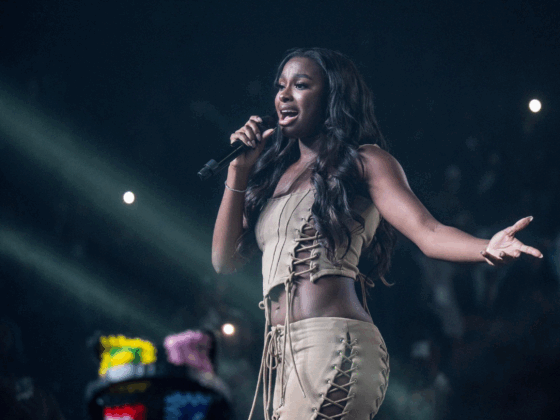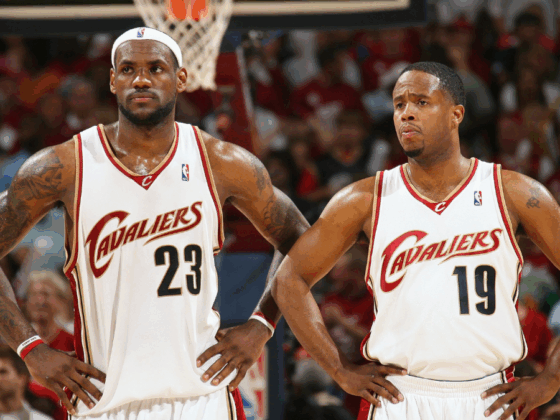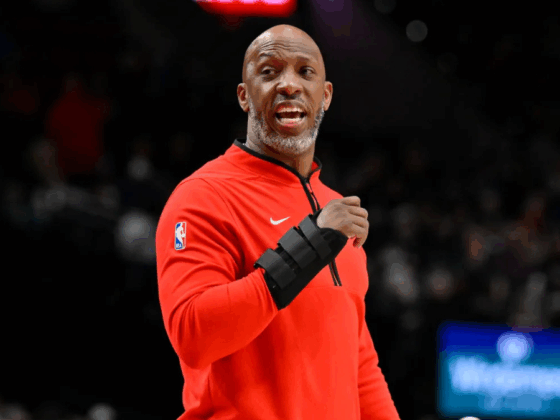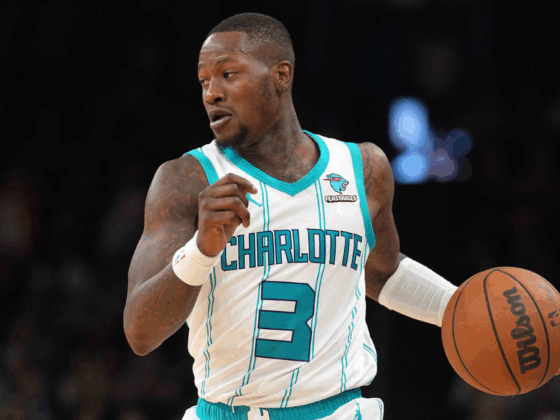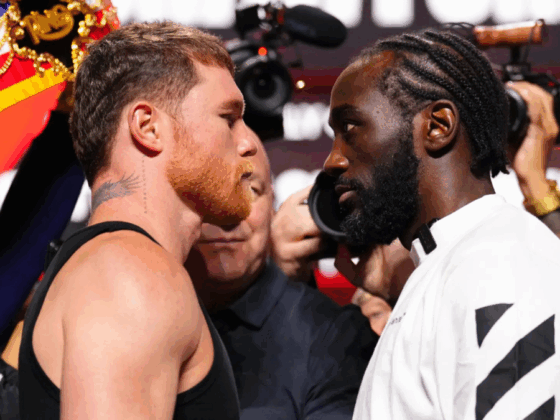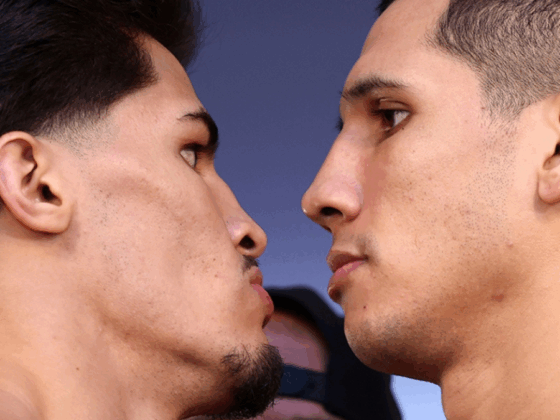
At the time of this writing, the Miami Heat have only made one major transaction in the NBA offseason. They re-signed Wayne Ellington to a fully-guaranteed one-year contract. Miami was able to make this deal only because of the lack of remaining cap space around the league.
No team has a potentially harder cap situation to manage than the Heat, though, as they are second in payroll behind the Thunder. Unlike the Thunder, however, you could argue that the Heat do not have a top 50 NBA player. This makes most of their contracts very difficult to trade without acquiring an even more troubling asset in return, so Miami’s lack of offseason activity makes a great deal of sense.
Essentially, they are stuck with what they have.
The Heat were a playoff team last year purely on the back of elite coaching. Erik Spoelstra’s offensive scheme did well to maximize a roster that relies mostly on the shot creation of Goran Dragic and him alone. Will that be enough for Miami to make the playoffs next season?
Miami eased into the playoffs in unspectacular fashion behind a stifling perimeter defense and a versatile four-out, small-ball system. The two teams directly below them in last season’s seeding, the Bucks and Wizards, have a much better outlook for next season. Teams that missed the playoffs such as the Hornets and Pistons could make a push.
To hold onto their playoff seed, Miami will have to find an area they can improve in without adding outside talent.
They didn’t have the cap room to acquire outside talent this summer in free agency and didn’t have a first or second round pick to snag a player in the draft. Their second rounder reached the Rockets via the Grizzlies, and their first rounder went to the Suns in the trade that netted them Dragic. As key players age and no youth is injected into the roster, the Heat’s ceiling lowers.
The lack of change on the Heat roster means that once again they will be relying on players they already have making unexpected jumps against their realistic timeline. This is a risky strategy but in reality it is the Heat’s only possible path at this point. There is a real division over just how realistic this is, as no one on the Heat roster looks to be able to turn into a franchise changer.
The one player I could see taking a slight jump, though, is Bam Adebayo.
The selection of Adebayo in 2017 was not awfully popular on Heat Twitter at the time, but most fans have eaten their words. Adebayo looks to be a transcendent defensive talent, but he must improve offensively if the Heat are to improve this season.
Adebayo’s offensive game was limited in his rookie year, with most of his offensive value coming on screens and emphatic dunks. One of the reasons Pat Riley took Adebayo was because he hit 60 three-pointers in a workout with the team, but that jump shot failed to translate as he shot just 30 percent on jumpers and 25 percent on catch-and-shoot jumpers. Adebayo’s screen setting provided more offensive value to the Heat than anything offered by Hassan Whiteside, but there was an ugly look to the offense because of Bam’s lack of a jump-shot.
Many question whether Bam can add a jump-shot and his Summer League performance didn’t do much to dispel these questions, but I personally believe Adebayo can develop into a good mid-range shooter this year—with the potential to add some value in the pick-and-pop game. Adebayo’s form isn’t the worst; he has a high release. While I don’t think he’s ever going to reach a place where shooting sets are drawn up for him, he can add some much-needed floor spacing to the Miami Heat offense.
Adebayo has faith in his own jump shot, as he told reporters that his shot is “fine” and that the rhythm and the shot are “all good.” The Heat’s Summer League coach Eric Glass said that Bam forced too many jumpers, but he needs to do this in the short term in order to add the jump shot to his game. If Adebayo can improve on his 30 percent on jump shots and push into the upper 30s, it could do wonders for a Heat offense that is largely reliant on schemed three-point shots on dribble hand-offs.
Outside of Adebayo, the two players who many are looking at for a potential jump are Josh Richardson and Justise Winslow. On Richardson, I question whether he really needs to and can make a jump. B-Ball Index graded Richardson as an elite defender with a positive impact as a playmaker and as a three-point shooter, but he is not a player who would be better served in a high usage role.
Josh Richardson:
Elite 3&D Player
Perimeter Shoting: B+
Playmaking: B+Perimeter Defense: A
Interior Defense: BOnly two players who rate as well as a perimeter defenders rated better as a perimeter shooters: Victor Oladipo and Fred VanVleet#Heat
— BBall Index (@The_BBall_Index) July 23, 2018
He struggles as a pick-and-roll ball-handler as he is in the 43rd percentile, and I question whether he can be effective attacking downhill. Essentially, Richardson is already a high-level defender and playmaker, and the only thing that would really make him better is a more varied and potent offensive game. But based on tape and data, I question whether he can really do more, as he does not project to be a high-level isolation scorer or pick-and-roll ball-handler.
Winslow is someone that we have all been waiting to see a jump from for quite some time. He has undoubted ability as a defender, but his offensive game still leaves a lot to be desired. Winslow did step up as an overall shooter this year, albeit on a limited sample size. His field goal percentage jumped from 35 percent back up to 42 percent, and his three-point percentage went from 20 percent to 38 percent on 1.9 attempts per game. He was sometimes used as a point forward by Spoelstra, but this was more out of necessity than out of any real faith in Winslow’s skill set. The Heat don’t have many players capable of holding a large offensive load, so Spoelstra rotated the Heat’s ball handlers—especially on the bench unit.
Winslow did fare well as a pick-and-roll ball-handler as he ranked in the 75th percentile, and such statistics are being used to suggest another jump is possible this season. Winslow has shown improvement, but in his fourth year he still projects to be a defensive wing with an inconsistent offensive game.
It is also questionable how Winslow fits with the Heat’s other pieces. Winslow moved into more of a power forward role last season, and there is no doubt he improved. But the Heat need Kelly Olynyk on the court in order to maximize gravity, floor spacing, and angles. The offense was 10 points better off per 100 possessions when Olynyk was on the court. Whiteside also creates an obstruction for Winslow and Adebayo to both get a consistent source of minutes, so there are problems for Spoelstra to solve. The one saving grace for Miami is that Winslow, Olynyk, and Adebayo did play well together, having a net rating of 13.9 in 280 minutes together. Moving forward, this could become a pivotal lineup in order to help develop the games of Winslow and Adebayo together.
Justise Winslow showed positives last year, but the Heat’s front-court logjam means that any real jump from he or Adebayo is going to take some time to bear fruit, if it happens at all. Even without Whiteside being a stumbling block to their play time, it would not be a quick process.
With a roster stacked full of certainties, the Heat are hoping that their young players do something out of the ordinary. It is questionable how realistic this all is, but stranger things have happened in South Beach.
